The average American spends 70 hours a year on lawn and garden care. It’s a labor of love: 75% of homeowners think it’s important to spend time enjoying their yards, and a well-manicured lawn can also do wonders for the enjoyment and curb appeal of your home.
For most people, this means doing some mowing, watering, and the occasional pulling of weeds. However, there are a number of invasive plant species in the Hudson Valley that can creep into even the best cared-for properties. Some of them look pretty, but they can give you rashes and allergic reactions, kill the plants and trees that you actually want, and ruin your yard in general.
We’ve listed 12 of them below that we’ve noticed in our travels as a Hudson Valley landscaping company specializing in holistic, chemical-free invasive plant removal. If any of these look familiar, consider this: the springtime is the easiest, most economical time to address unwanted invaders to your yard. Consider hiring a professional invasive and poison ivy removal specialist.
1. Poison Ivy

A brush with poison ivy is almost like a rite of passage; touching its oily surface can cause rashes and nasty allergic reactions. To identify it, look out for pointy leaves in groups of three along the ground or climbing as a vine.
2. Japanese Knotweed
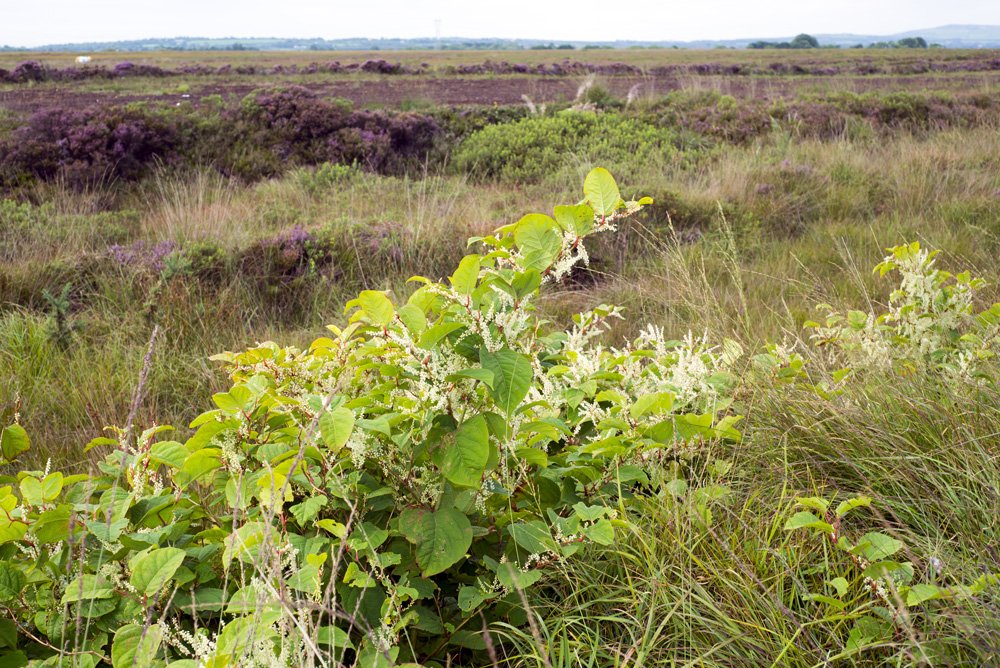
In 2014, Newsweek published an article titled “Japanese Knotweed: The Invasive Plant That Will Eat the Value of Your Home.” They weren’t wrong. Although the heart-shaped leaves, bamboo stems and white flower tassels are pretty, it’s one of the most rugged and pervasive invasive species anywhere in the world. It can take up to seven years of maintenance to fully eradicate it, as the seeds can germinate for years.
3. Oriental Bittersweet
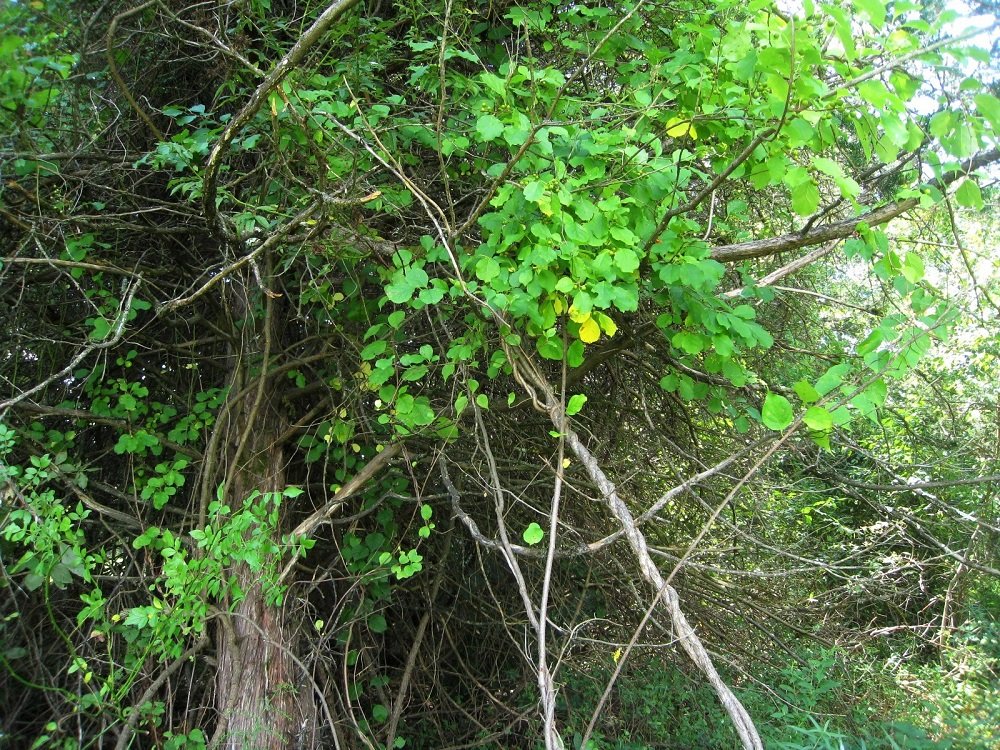
True to its name, bittersweet is beautiful to look at but can destroy entire woods if left unchecked. Its spiral vines will wrap around trees while tightening around the trunk, strangling the pipeline (inner bark) that provides critical nutrients for growth.
4. Virginia Creeper

Since it causes skin rashes for some people, Virginia creeper vines are often mistaken as poison ivy; the critical difference is that it has five leaflets instead of three. Although some people voluntarily plant it, it’s infamous as an aggressive grower that needs constant maintenance to avoid crowding out your other foliage.
5. Wild Grape

In our opinion, this is the most common Hudson Valley invasive plant. They’re notorious tree-killers, and are often found along the sides of roadways, in vacant lots or along the edge of yards, alongside bittersweet and poison ivy. Instead of hugging tree trunks, they typically hang off of branches, weighing them down while stealing sunlight.
6. Wisteria

Wisteria is a beautiful but deadly vine that comes in two varieties: Chinese (which twists clockwise) and Japanese (which twists counterclockwise). They’re both known for strangling trees, destroying native habitats and climbing up everything in their way.
7. Barberry
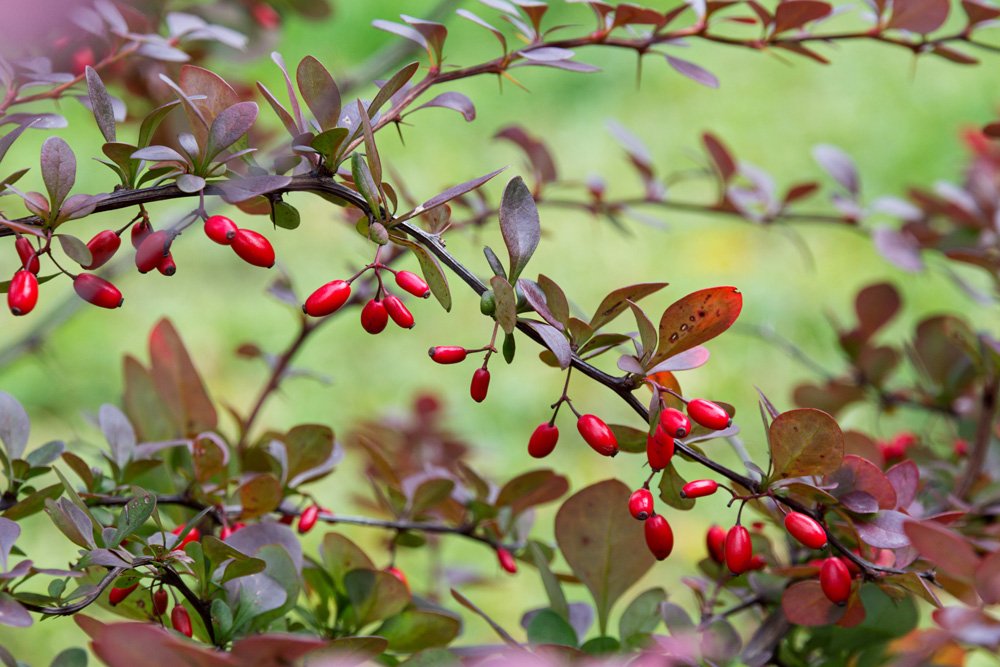
A dense, thorny shrub that gets between two to six feet high and looks good year-round: in the springtime, it has tiny yellow flowers, in fall, it turns shades of red, orange and purple, and in the winter sports bright red berries. It usually grows in depleted or unhealthy soil while crowding out native plants. It’s also notorious for being a home for brown field mice who carry ticks and Lyme disease.
8. Asian Honeysuckle

Asian honeysuckle is a shrub that you can find in a wide range of habitats in the Hudson Valley; it thrives where land movers and people have disturbed the soil. Starting in the early spring, it quickly leafs out, suppressing native species and altering habitats by forming a dense thicket.
9. English Ivy
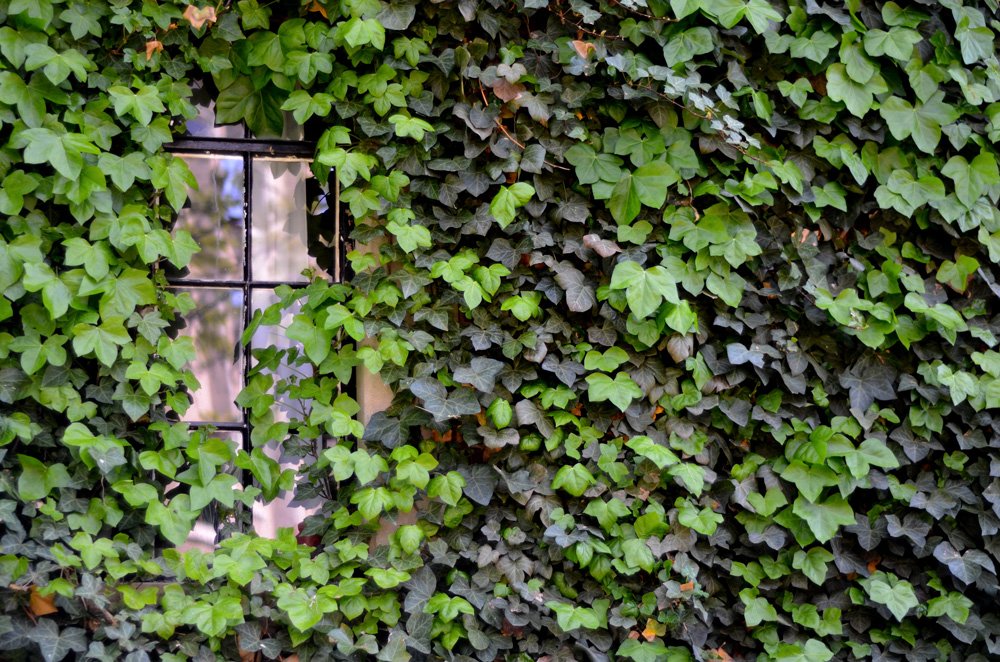
This is a tough one, because having a wall of ivy looks nice climbing up the side of houses, and also provides ground cover where you won’t have to mow. However, like most vines, it can smother out native plants, and it can sometimes provide safe harbor for poison ivy.
10. Japanese Stiltgrass

The first invasive grass on our list, stiltgrass came to the United States in the early 1900s and can currently be found anywhere from New York to Florida. It seems to prefer acidic soil, and thrives in light conditions. Once it gains a foothold, it can quickly form dense stands of grass that displace native vegetation.
11. Mugwort

This invasive herb is one of the most common that we see in New York. Almost everyone with a yard has some mugwort, which spreads by growing horizontal roots near the surface of the soil. It’s easy to pull out, but unless you work with a professional, it’ll always come back.
12. Garlic Mustard
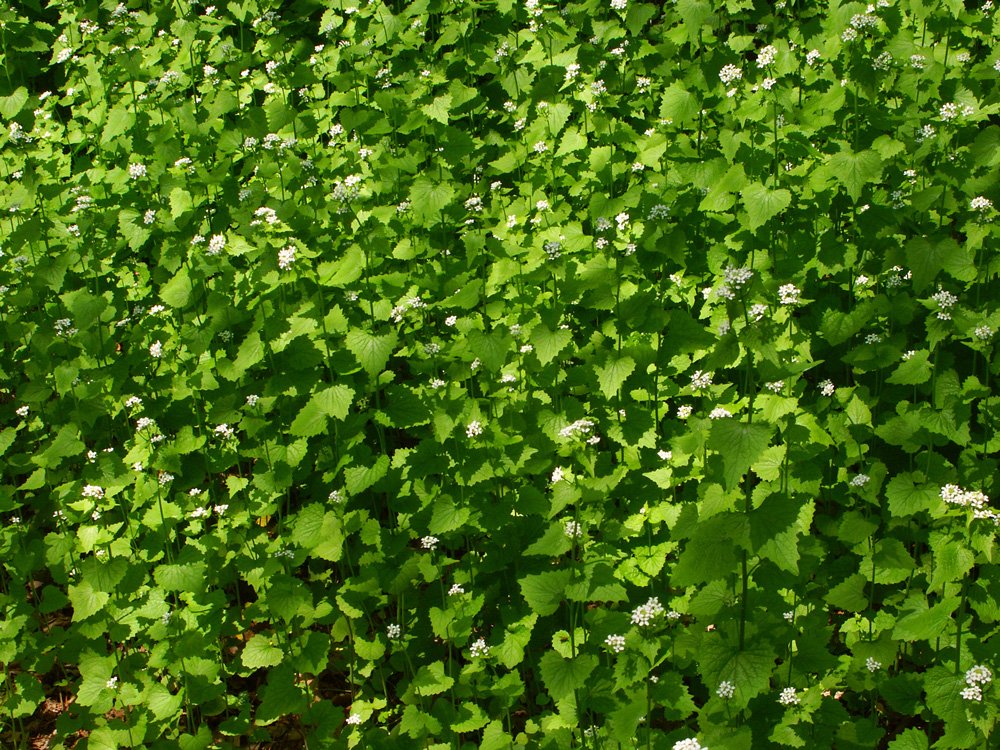
The adaptable garlic mustard is a notorious invader of forests; it’s the dominant undergrowth of many of them, which hurts the biodiversity of all species. Each individual plant can produce upwards of 600 seeds per season, which can be viable up to five years. The easiest way to identify it? Mash the leaves of the plant in your fingers, and check for a garlicky odor.
So there you have it: a dirty dozen of invasive plant species that will wreck your yard. If any of these look familiar, get in touch with us and we’ll take a personalized, holistic approach to getting rid of it, as well as woodland restoration to protect against future growth. Take back your yard with us!